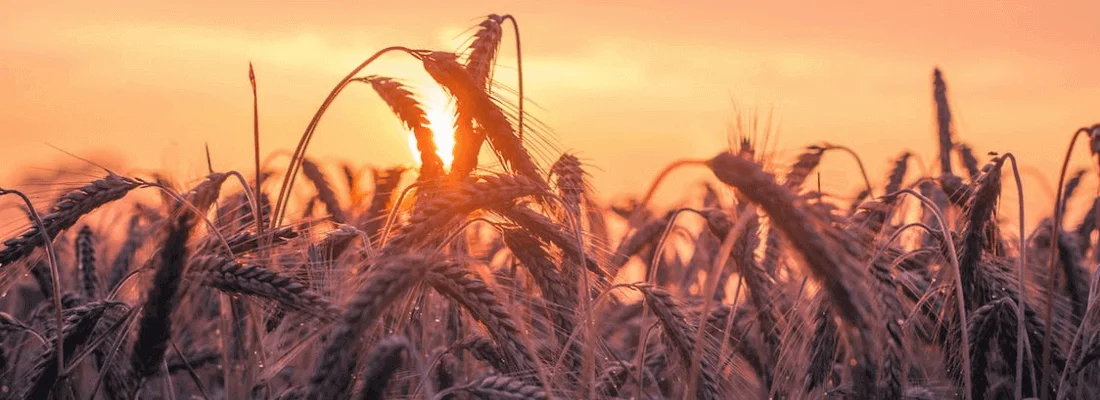
Supports Open Access
0.5 Impact Factor



African Journal of Agricultural and Resource Economics (AfJARE)
A publication of the African Association of Agricultural Economists (AAAE)
Latest Publications
Impact of adoption of conservation agriculture on farm productivity and financial performance in Tanzania
Using nationally representative cross-sectional data, the study investigated the impact of CA adoption through a multivalued treatment framework.
The objective of this research was to assess the effects of non-timber forest products (NTFPs) on food consumption expenditure by agricultural households in the southwestern region of Burkina Faso.
Qualité institutionnelle et politiques agricoles : repenser les chaînesde valeur pour la sécurité alimentaire en Afrique
Cette étude explore l’effet de l’intégration des pays africains aux chaînes de valeur agricoles sur la sécurité alimentaire, en soulignant le rôle central des institutions.
Agricultural digitisation and agricultural development: A comparison between developed and developing countries
Agricultural digitisation is one of the key drivers of agricultural development, as well as of rapid economic growth, in many countries. This study aims to investigate the causal links between agricultural digitisation and high-quality agricultural development in the context of developed and developing countries.
Does land tenure security matter for household income diversification in Burkina Faso? Empirical evidence from a mixed process regression
In this study, we investigate whether land tenure security is a pull factor for household income diversification.
Prospects for locally produced nutrient-dense rice in Liberia: How import preferences and agronomic traits shape consumer demand and farmer adoption
This study examines whether Liberian consumers are willing to pay for new, locally produced nutrient-dense rice, and if farmers are willing to grow such rice.
Volume 20
Cet article analyse les effets des produits forestiers non ligneux (PFNL) sur la pauvreté multidimensionnelle au Burkina Faso. Il s'appuie sur des données primaires collectées auprès de 384 ménages sélectionnés aléatoirement.
Descriptive statistics show that women with land rights were more empowered, younger, more educated and owned more land than those without land rights.
Volume 19
The literature on what drives crop failure and crop abandonment is scant. This paper explores the interplay between risk factors and crop abandonment. We examine the role of risk sources and risk management strategies in crop abandonment by smallholder maize farmers in Zambia.
En se basant sur les pratiques endogènes de restauration de la fertilité des sols les plus connues dans la région du nord du Burkina Faso, cet article analyse l’adoption de stratégies supplémentaires d’adaptation au changement climatique à l’aide de données primaires collectées auprès de 106 agricultrices.
Soil acidity is a major constraint to crop production in tropical regions. Although agricultural lime is one option to remediate acid soils, there is limited information on the potential returns on investments to liming by smallholders.
Volume 18 (2023)
The study employed the Phillips and Sul log-t convergence test to analyse the degree of convergence for the Niger Basin region (NBR) countries in terms of per capita carbon emission and food availability.
Sustainable food systems are necessary not only as a channel for addressing the food security needs of the world’s growing population, but are also crucial in ensuring that the needs of future generations are not compromised.
This study evaluated the effect of agriculture, industry, manufacturing and the service sector on economic growth for the period 1991 to 2020 using the autoregressive distributed lag stationarity (ARDL) bounds-testing approach.

